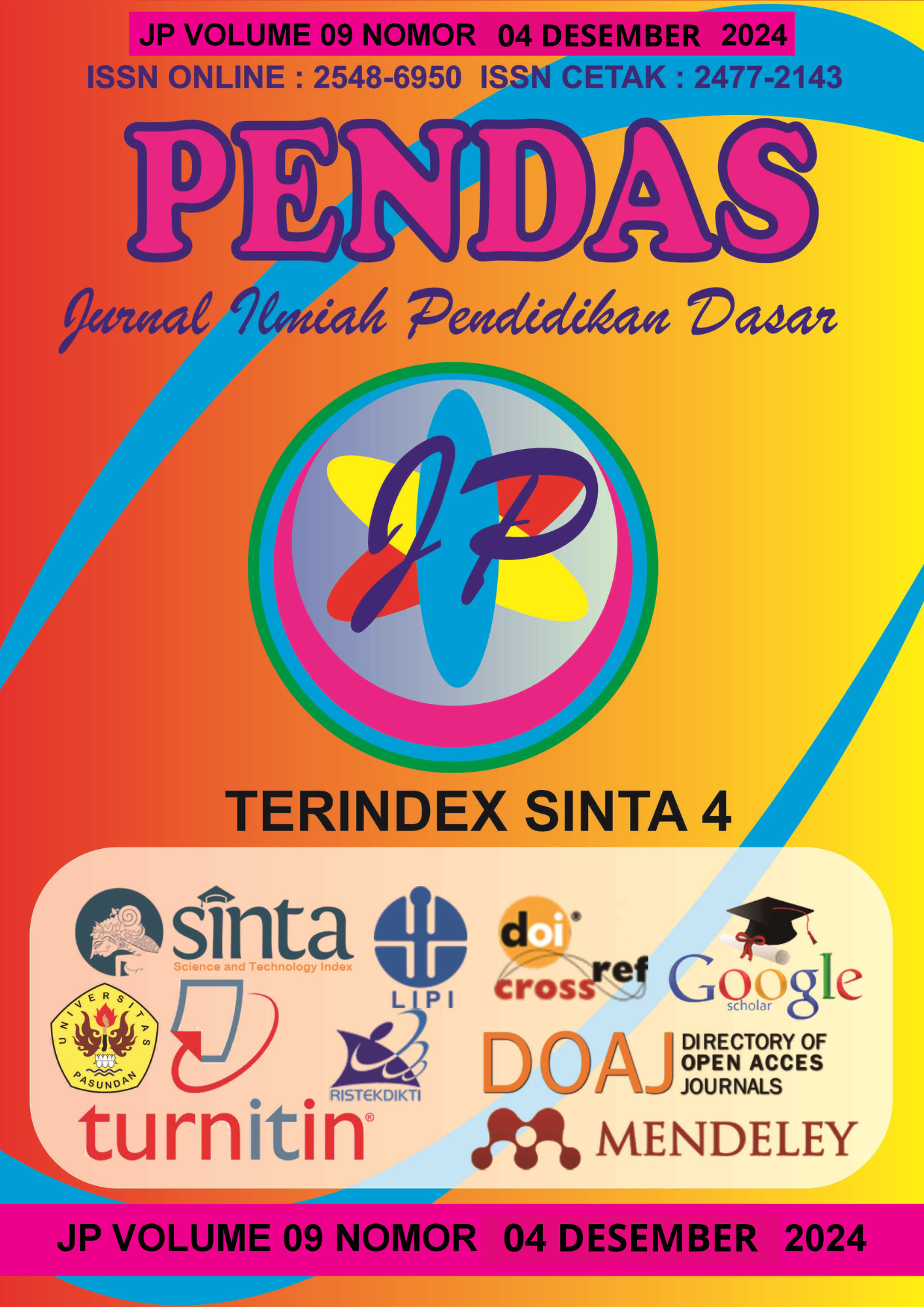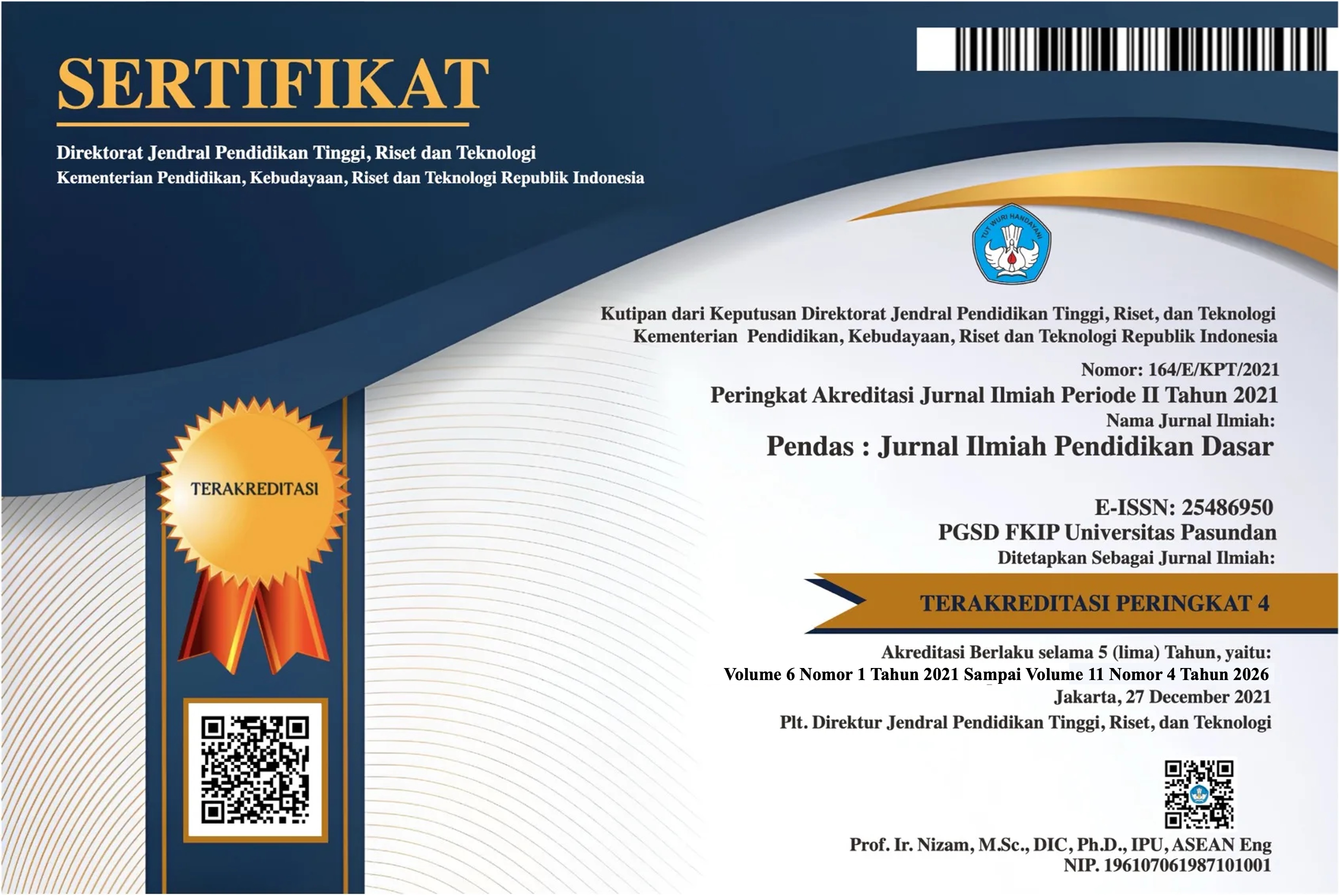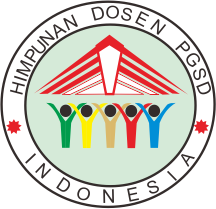STRATEGI PENINGKATAN MUTU SEKOLAH BERBASIS ANALISIS SWOT DI SD NEGERI 03 WANAMULYA
DOI:
https://doi.org/10.23969/jp.v9i04.19935Keywords:
SWOT analysis, quality improvement strategy, elementary educationAbstract
This study aims to analyze the strategy for improving school quality at SD Negeri 03 Wanamulya using the SWOT (Strengths, Weaknesses, Opportunities, Threats) approach. This approach is used to identify internal and external potentials that affect the quality of education. The study was conducted using a descriptive qualitative method, with data collection through observation, interviews, and documentation studies. The results of the analysis indicate that the main strengths of the school include competent teacher resources, adequate educational facilities, and good relations with the community. Identified weaknesses include the lack of ongoing training programs for teachers and limited operational budgets. The main opportunities include support from the government through education quality improvement programs and community enthusiasm in supporting school activities. However, threats faced include competition with other schools and changes in education policies that are less supportive. Recommended strategies include optimizing the use of internal resources to strengthen learning programs, increasing cooperation with external parties such as other educational institutions and local governments, and managing risks related to threats by preparing flexible strategic planning. The implementation of this strategy is expected to improve the quality of education at SD Negeri 03 Wanamulya in a sustainable manner.
Downloads
References
Assyakurrohim, D., Ikhram, D., Sirodj, R. A., & Afgani, M. W. (2022). Case Study Method in Qualitative Research. Jurnal Pendidikan Sains Dan Komputer, 3(01), 1–9.
Bahri, S. (2021). Peningkatan Kapasitas Guru Di Era Digital Melalui Model Pembelajaran Inovatif Variatif. JURNAL HURRIAH: Jurnal Evaluasi Pendidikan Dan Penelitian, 2(4), 93–102. https://doi.org/10.56806/jh.v2i4.58
Diki Maulansyah, R., Febrianty, D., & Asbari, M. (2023). Peran Guru dalam Peningkatan Mutu Pendidikan: Penting dan Genting! Journal of Information Systems and Management (JISMA), 2(5), 31–35. https://jisma.org/index.php/jisma/article/view/483
Hakpantria, Laen Langi, W., & Pabane, A. W. (2021). Analisis Peran Kepala Sekolah Dalam Manajemen Mutu Pendidikan di SDN 6 Kesu’. Jurnal KIP, 10(1), 7–20. http://journals.ukitoraja.ac.id/index.php/jkip/article/view/1168
Julinar, N. (2023). Pengelolaan Bantuan Dana Operasional Sekolah dalam Meningkatkan Mutu Pendidikan di SMK Musda Perbauangan. Jmp-Dmt, 4(1), 88–95.
Mashuri, M., & Nurjannah, D. (2020). Analisis SWOT Sebagai Strategi Meningkatkan Daya Saing. JPS (Jurnal Perbankan Syariah), 1(1), 97–112. https://doi.org/10.46367/jps.v1i1.205
Munawir, M., Aliya, N., & Bella, Q. S. (2022). Pengembangan Profesi dan Karir Guru. Jurnal Ilmiah Profesi Pendidikan, 7(1), 75–83. https://doi.org/10.29303/jipp.v7i1.339
Ningsih, E. P. (2024). Implementasi Teknologi Digital dalam Pendidikan: Manfaat dan Hambatan. EduTech Journal, 1(1), 1–8. https://doi.org/10.62872/qbp1fg61
Septiana, D. N., Bafadal, I., & Kusumaningrum, D. E. (2018). Pelibatan Komite Sekolah Dalam Peningkatan Mutu Pendidikan. Jurnal Administrasi Dan Manajemen Pendidikan, 1(3), 293–301. https://doi.org/10.17977/um027v1i32018p293
Subandowo, M. (2022). Teknologi Pendidikan di Era Society 5.0. Jurnal Sagacious, 9(1), 24–35. https://rumahjurnal.net/sagacious/article/view/1139
Sulastri, Happy, F., & Alfroki Martha. (2020). admin,+12+Sulastri+258-264. Journal of Education Research, 1(3), 258–264.
Suriono, Z. (2022). Analisis SWOT dalam Identifikasi Mutu Pendidikan. ALACRITY : Journal of Education, 1(20), 94–103. https://doi.org/10.52121/alacrity.v1i3.50
Tawa, A. B. (2019). Kebijakan Pendidikan Nasional Dan Implementasinya Pada Sekola Dasar. SAPA - Jurnal Kateketik Dan Pastoral, 4(2), 107–117. https://doi.org/10.53544/sapa.v4i2.82
Downloads
Published
Issue
Section
License
Copyright (c) 2024 Pendas : Jurnal Ilmiah Pendidikan Dasar

This work is licensed under a Creative Commons Attribution 4.0 International License.



















